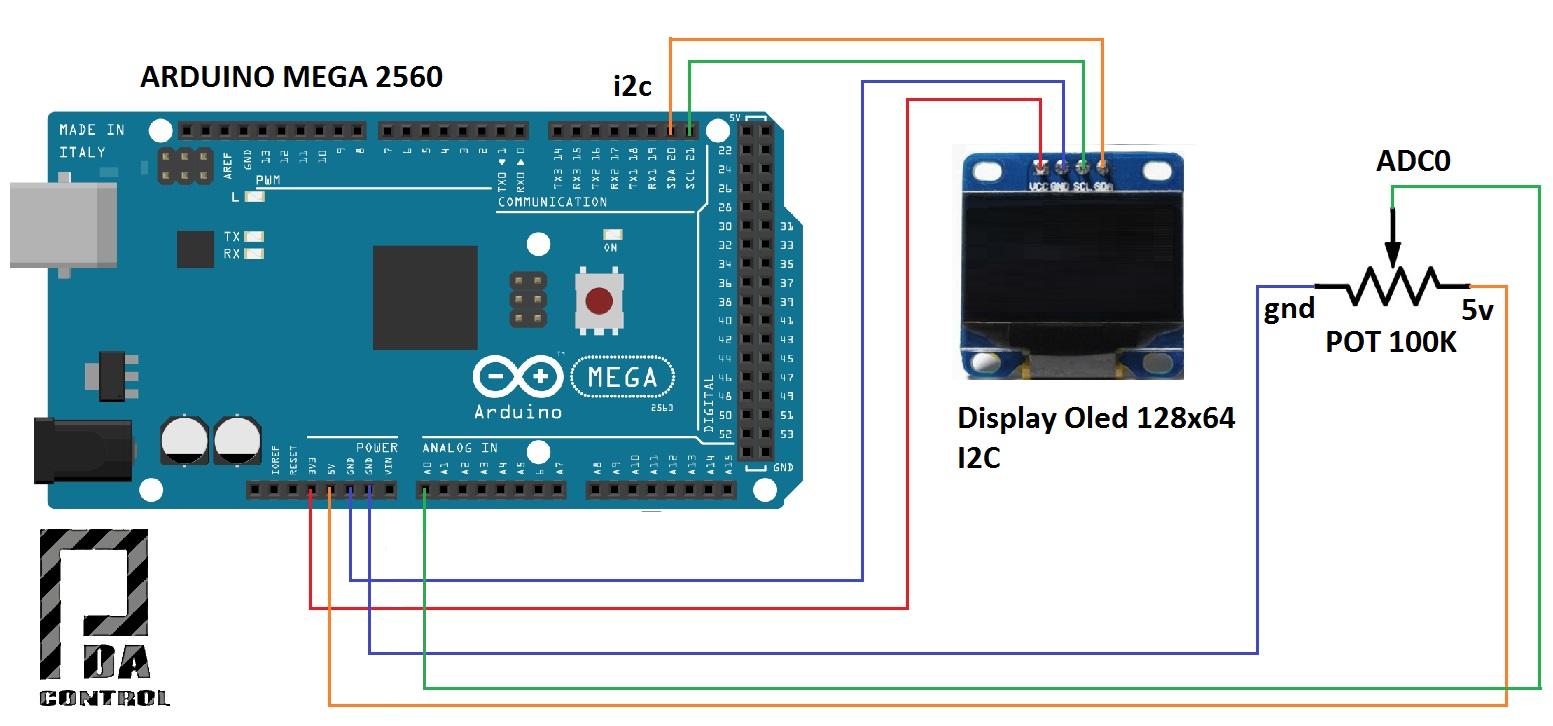

Sometimes the program forgets to make the cross cursor and then I’ve had to save and restart. Click and then drag to the connection point and click again. You just let the mouse float over the connection until the cursor makes a cross. You drag components from the left onto the circuit. It looks like it can also interface with GCBasic for the PIC, although I didn’t try that. This is a code editor and debugging window that can interface with the Arduino IDE. You’ll see a similar row of buttons above the rightmost pane. Along the top are file buttons that do things like save and load files. The central pane is where you can draw your circuit and it looks like a yellow piece of engineering paper with a grid. You can use the vertical tab strip on the left to also pick a memory viewer, a property inspector, or a file explorer. The leftmost pane shows, by default, a palette of components. The window is broadly divided into three panes. The basic operation is pretty much what you’d expect. It seemed that I most often had crashes on Linux with occasional freezes but on Windows it would freeze but not totally crash.

But the crashing was frequent and seemed more or less random. One of my major hangs was solved by removing the default (old) Arduino IDE and making sure the most recent was on the path. Plus, we assume they will squash bugs as they are reported. Saving, closing the application, and reopening it seems to fix that. It also suffers from other minor issues like sometimes forgetting how to move components. Under Linux, it seems to crash pretty frequently even if you aren’t debugging. Looks and sounds exciting, right? It is, but be sure to save often. As you can see in the image above, though, it is capable of running some pretty serious Arduino code as long as you aren’t debugging. There is also a window that can compile your Arduino code and even debug it, although that almost always crashed for me after a few minutes of working. You can see one of several videos available about an older release of the tool below. This is provided with the Windows version. For the PIC on Linux, you need an external software simulator that you can easily install. The software is available for Windows or Linux and the AVR/Arduino emulation is built in. It allows you to simulate analog circuits, LCDs, stepper and servo motors and can include programmable PIC or AVR (including Arduino) processors in your simulation. I recently found an open source project called Simulide that has a few issues but does a credible job of mixed simulation. However, both of those don’t do a lot for you if a microcontroller is a major part of your design. I’ve done quite a few posts on LTSpice and I’m also a big fan of the Falstad simulator in the browser.

Sure, there’s no substitute for actually building a circuit but it sure is handy if you can fix a lot of easy problems before you start soldering and making PCBs. I’ve always appreciated simulation tools.


 0 kommentar(er)
0 kommentar(er)
